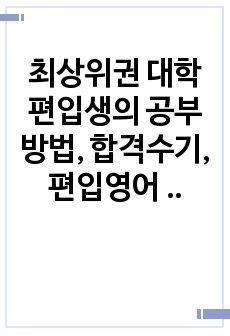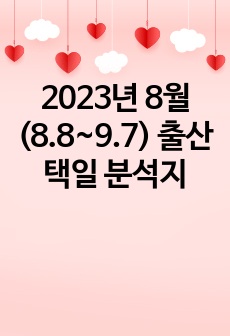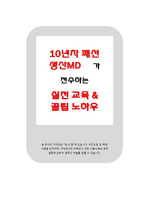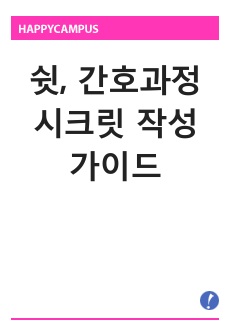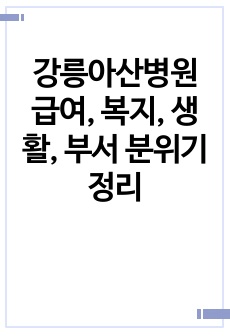韓中 동소역순어 단일화 양상의 도식화 분석 - 한자어 유의성의 변별 방법론 탐색
* 본 문서는 배포용으로 복사 및 편집이 불가합니다.
서지정보
ㆍ발행기관 : 대한중국학회
ㆍ수록지정보 : 中國學 / 81권
ㆍ저자명 : 김정필
ㆍ저자명 : 김정필
목차
초록1. 서언
2. 韓中 유의 한자어의 양상 분석
1) 이형동의어의 동질화 양상과 도식화 분석
2) ‘동형어’의 어순 도치와 한중 인지 분석
3. 韓中 ‘동소역순어’ 단일화 양상과 도식화 분석
1) 형태소 외부 경계의 도식화
2) 형태소 내부 범주의 도식화
4. 결어
참고문헌
논문초록
한국어 초록
본문은 한중 동소역순어의 단일화 양상에서 나타나는 역순화 현상을 의미대립의 관점에서 도식화함으로써, 두 언어가 지닌 인지 사유의 변화양상을 고찰하고자 하였 다. 첫번째는 유의어의 한중 번역 과정에서 나타나는 대역어의 양상을 통해, 한중 인 지 사유의 변화양상을 유의어의 시공간 인지와 ‘동소역순어’의 어순구조를 대조하여 분석해 보았다. 두 번째는 ‘동소역순어’의 단일화 과정에서 나타나는 한중 인지구조 의 역순화 현상을 두 가지 측면에서 도식화를 진행하였다. 먼저 외부 경계의 도식화 양상으로, 順逆, 大小, 內外의 시공간 범주의 대립관계를 살펴보았다. 둘째 내부 범주 의 도식화 양상으로, 靜動, 褒貶, 自他의 대립관계를 살펴보았다.영어 초록
This paper In this paper, the differences in Korean-Chinese cognitive structure appearing in the unification aspect of synonyms of disyllable Chinese words and homosomal inverse order were schematized from two major angles. First, the characteristics of the Korean-Chinese cognitive structure were identified by schematizing the aspects of synonyms appearing in the Korean-Chinese translation process. Second, the phenomenon of reverse ordering of Korean-Chinese cognitive structure that appears in the process of unifying allo-so-so reverse order was examined from the aspect of schematization. Second, the confrontational relationship between the same and small reverse order was schematized in two aspects, external and internal. First of all, in the external relationship, first, Chinese progenitor word order and Korean retrograde word order were compared, and the size of the category was examined for ‘large-small’ preference in Chinese and ‘small-large’ preference in Korean. Regarding the spatial confrontation between inside and outside, Korean preferred ‘inside-outside’ and Chinese looked at ‘outside-inside’ preference. Next, in the internal relationship of the semantic categories of the morphemes constituting the morpheme constituting the homonymic reverse order, first of all, it was found that Chinese prefers ‘静-动’ word order, and Korean prefers ‘动-静’. In addition, in the confrontation between affirmation and negation of 褒貶, it was found that Korean prefers the word order structure of ‘positive-negative’, and Chinese language prefers the word order structure of ‘negative-positive’. Again, in the contrast diagram of ‘自他’ according to meaning orientation, Korean prefers the word order of ‘自-他’ as a speaker-centered language, while Chinese prefers the word order structure of ‘他-自’.참고 자료
없음태그
"中國學"의 다른 논문
 한국과 중국의 소재·부품·장비 산업의 무역구조 및 경쟁력 변화 분석20페이지
한국과 중국의 소재·부품·장비 산업의 무역구조 및 경쟁력 변화 분석20페이지 数字经济与人口迁移 ― 来自中国广东省的经验证据20페이지
数字经济与人口迁移 ― 来自中国广东省的经验证据20페이지 변이할당분석을 이용한 중국의 공항 경쟁력 분석22페이지
변이할당분석을 이용한 중국의 공항 경쟁력 분석22페이지 中国互联网金融消费者权益保护制度小考20페이지
中国互联网金融消费者权益保护制度小考20페이지 『初使泰西記』에 나타난 志剛의 대외인식28페이지
『初使泰西記』에 나타난 志剛의 대외인식28페이지 고대 중국 ‘술수, 방기’의 백제 전파에 관한 연구17페이지
고대 중국 ‘술수, 방기’의 백제 전파에 관한 연구17페이지 빅데이터를 활용한 한·중 MZ 세대의 상호 인식 연구22페이지
빅데이터를 활용한 한·중 MZ 세대의 상호 인식 연구22페이지 개혁개방 후 중국 도농관계의 문화적 구성과 ‘항구적인 본원적 축적32페이지
개혁개방 후 중국 도농관계의 문화적 구성과 ‘항구적인 본원적 축적32페이지 中国非物质遗产受众保护研究 ― 基于“需求与满足”理论18페이지
中国非物质遗产受众保护研究 ― 基于“需求与满足”理论18페이지 朝向世界性身份认同的思考 ―电影『酱狗』研究18페이지
朝向世界性身份认同的思考 ―电影『酱狗』研究18페이지










